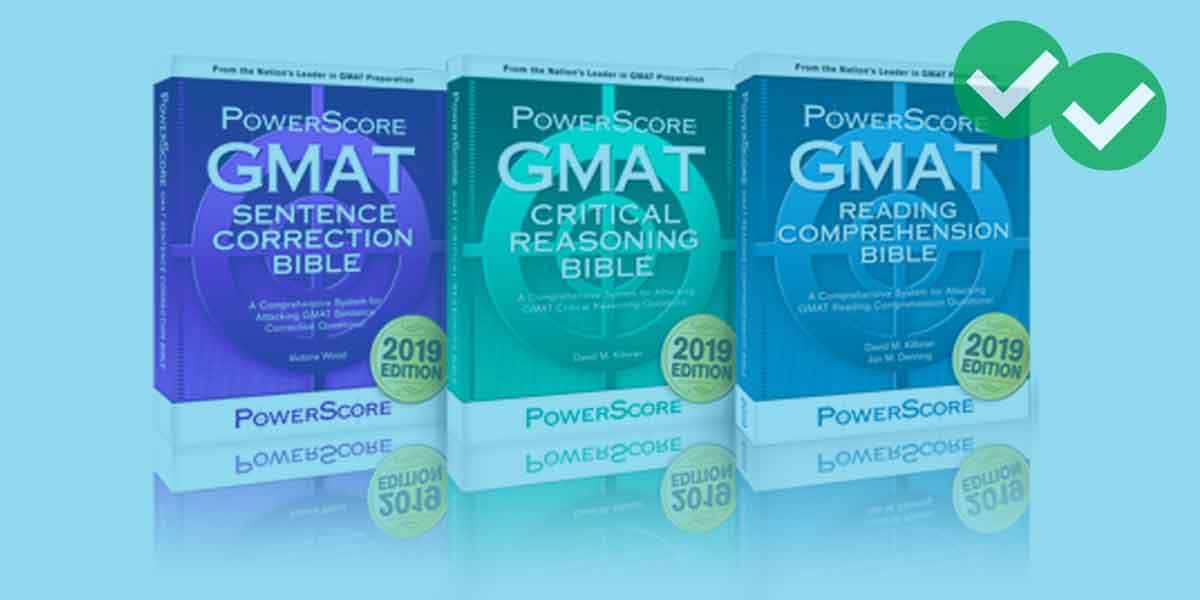
Assumption questions ask you to find the unstated link between a question’s premise and its conclusion. Assumptions are crucial in understanding and refuting arguments, so they play a large role in two major Critical Reasoning question types. In this post, we’ll cover GMAT Critical Reasoning tips and practice questions to help you tackle assumption questions.
How to Tackle Critical Reasoning Assumption Questions
Luckily, arguments on GMAT Critical Reasoning questions are relatively formulaic, so let’s go over the basics first:
- A premise is the starting point of the argument.
- The conclusion is what the author wants you to believe by the end of the argument.
- The assumption is the missing link between the premise and conclusion. Think of it like the linchpin holding the whole thing together. You can strengthen an argument by validating its assumption, or weaken the argument by denying the assumption.
Assumption questions will usually ask you, “Which would most strengthen the argument?” or “Which of the following would most weaken the argument?” (the latter is one of the most common on Critical Reasoning).
Make Your Assumption a General Statement
This is a crucial point to remember: assumptions are most often general statements, not specific statements. When you identify the assumption, you can omit any specific people, places, or items mentioned.
If my premise is “Fred has quality A,” and my conclusion is “Therefore, Fred has quality B,” Fred is a specific person that we can omit (sorry, Fred). The assumption would be something like “most/all folks who have quality A also have quality B.”
Identify the Assumption
Isolating an assumption is an important skill and one of our favorite GMAT Critical Reasoning tips. Let’s try it with this argument:
- The premise is “Hawaii is a place with beautiful scenery.” (We can safely assume that at least 99 out of a hundred people would agree with that!) Hawaii is the specific, so you can omit that—the final premise has to do with a “place with beautiful scenery.”
- The conclusion is “trouble concentrating.”
- The assumption must provide a link. If we put those together with a strong logical connection, we get this assumption: “People in places with beautiful scenery generally have trouble concentrating.” Even though it’s a little absurd, that’s a possible way to state the assumption!
It would most strengthen this argument if one could somehow provide data or evidence supporting this assumption. This argument would be weakened if we could cite data or evidence that directly contradicts the assumption.
Now, consider an argument you’re more likely to see on the GMAT:
- If we drop the specifics, the premise is about increasing spending on advertising, and the conclusion is: more new customers. An assumption would link these.
- A very broad assumption: “Companies that increase what they spend on advertising generally see an increase in new customers.”
- A slightly more specific assumption: “When companies in the steel industry increase advertising, this generally results in more new customers.”
This is a relatively poor argument, and if we were asked for a statement to weaken it, the best choice would be something that zeroed in on the assumption. For example, something like Studies of companies in the steel industry show little correlation between advertising dollars and new customers strikes right at the center of the argument.
Use the Negation Test to Verify the Assumption
If you want to verify that your assumption is really the correct one, you can use the Negation Test—put simply, try negating the statement and seeing if the conclusion is still true. If you haven’t tried the Negation Test yet (another of our key GMAT Critical Reasoning tips!), then I would definitely recommend checking out our post and studying this powerful technique for isolating assumptions of arguments.
Practice Questions and Explanations
1. Which of the following is an assumption that supports drawing the conclusion above from the reasons given for that conclusion?
Click here for the answer and video explanation!
2. Which of the following is an assumption that supports drawing the conclusion above from the reasons given for that conclusion?
Click here for the answer and video explanation!
3. Which one of the following is an assumption on which the conclusion depends?
Click here for the answer and text explanation
If folks with Laestrygonian Disease cannot assimilate the Vitamin C in the rice, then it won’t help them, and eating the fortified rice will not provide them any particular benefit. If we negate this option, it shatters the argument. This is a true assumption.
(A) This may be true, although I am skeptical that any human-made improved food would be better than the fruits designed by Nature! Regardless, whether this is true or not does not have any bearing on how helpful the fortified rice will be for the folks with Laestrygonian Disease. This option is incorrect.
(B) This is intriguing. Let’s negate this. Suppose it were the exact same problem, say, the exact same missing enzyme, that made it impossible to digest both fruit and vitamin supplements. Then what? Would that mean they also couldn’t digest the fortified rice, or get the vitamin C they need from it? We cannot say. It’s conceivable that the argument could still work, so negating this does not destroy the argument. This is not an assumption.
(D) Let’s negate this. Suppose the fortified rice benefits everyone—even the no-carbs fanatic who hasn’t touched carbs in a decade: even when this person breaks his carb-fast and has the fortified rice, he has benefit from it. What then? Whether these other people benefit or not from the fortified rice has no bearing on whether it helps the folks with Laestrygonian Disease. This choice is incorrect.
(E) Let’s negate this. Suppose we can infused dozens of other vitamins and minerals into the rice, all with high nutritional yield. That would only be good for the folks with Laestrygonian Disease—the more vitamins, the better! It certainly would not impact whether these folks derived any benefit from the vitamin C in the rice. This choice is incorrect.
The answer is (C).
Final Thoughts
Assumption questions will require you to read closely, but with practice you can identify the missing link. For more GMAT Critical Reasoning tips, check out our introduction to the CR section, then test your knowledge further with a GMAT Verbal diagnostic test.






Leave a Reply